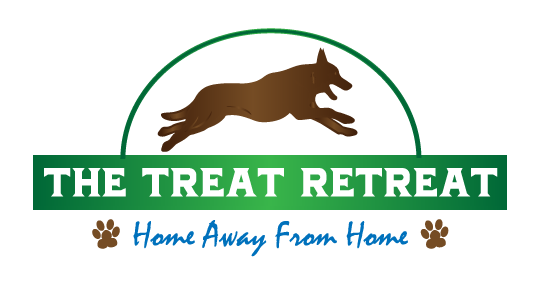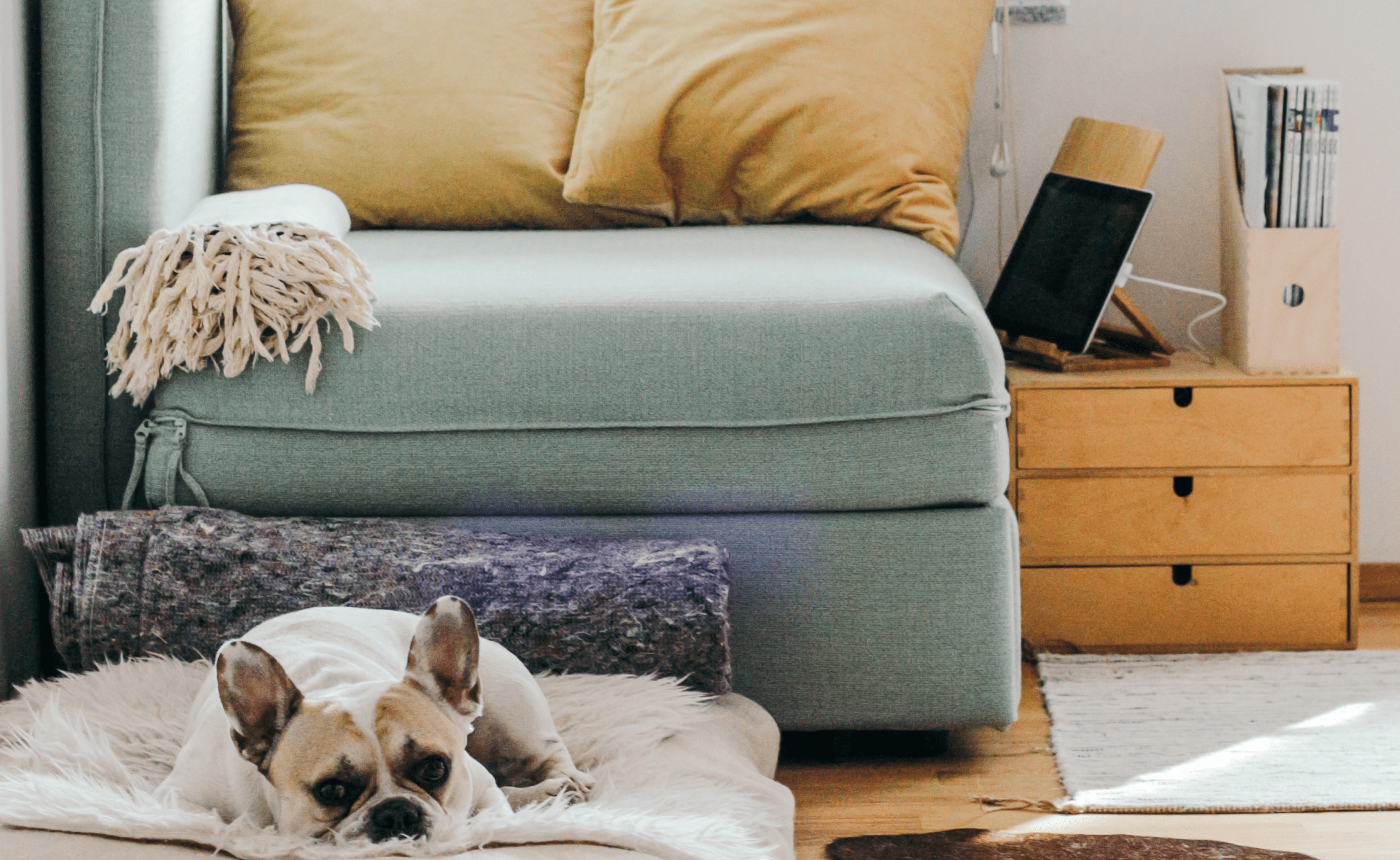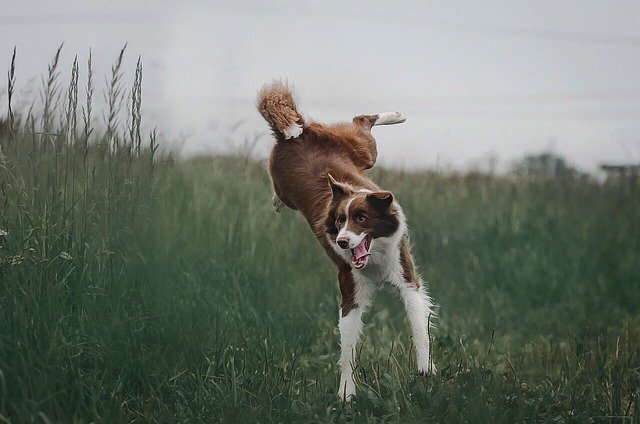Choosing to chew?
What do pet stores sell? Toys for dogs to chew on. Bones for dogs to chew on. Treats for dogs to chew on. Are you seeing a theme yet?
Dogs enjoy having things in their mouths; they like to chew! It makes them happy. It's fun. It relieves stress and boredom. Dogs explore their world with their nose and their mouth—it's just what they do.
So why is it baffling to people when their puppies chew up their shoes?
Some people feel that their dogs chew their shoes out of spite. "Fifi was mad at me because I went to work and left her home, so she chewed up my favorite shoes"!
Although I am sure that Fifi is really smart, I doubt that she has the mental capacity to think, "I am mad at Mom because she left me here all day. I know that she loves those running shoes, so I am going to chew them up because I know that will make her mad. I'm going to show her!"
Reality
The more likely scenarios are:
Your puppy may be bored, and chewing relieves boredom.
Your puppy may be teething, and chewing relieves discomfort.
Your puppy is stressed. Shoes are loaded with our scent, and an owner’s scent is comforting to a dog. Chewing something laden with an owner’s scent makes a stressed dog feel better.
Puppies like to chew, and if there was no toy or bone handy there were shoes just lying there...
Your puppy needs more exercise.
Your puppy may have a nutritional deficiency or intestinal parasites. Talk to your vet and examine closely what you are feeding your dog.
Your puppy needs more attention. Some dogs will pick things up and run with them simply to get some attention.
Of course, there may be an entire list of other reasons that will only be discovered when we learn to speak with our dogs!
So what do we do when our dog is chewing on our stuff?
A dog can't chew it if he can't get to it
Some people feel that a puppy "should know better," but puppies don't know better. Chewing is a normal stage of puppy development, just like the normal toddler stage of touching things and put things in their mouths.
Parents know that toddlers go through a stage where sticking fingers in the light socket is great fun. Now, a parent could follow the child around smacking hands and yelling at the child. Or, a parent could purchase the little plastic childproofing pieces that can be inserted into the sockets, knowing that in a few months the child will pass through the stage and not be interested in the sockets.
It is the same with puppies. It is much easier to put your shoes (and anything else chewable) away. The great thing about keeping your shoes out of sight is that your puppy will never learn that chewing shoes is enjoyable. Once your puppy passes through the chewing stage, you can leave shoes out without fear of destruction. So, if you can pick it up and put it away, do so! That way there will be no crying over lost shoes!
Abundant alternatives
Since dogs love to chew, they need something to satisfy that urge. Be sure to offer your pup lots of alternatives besides your shoes (they are stowed away in the closet, right?). Pet stores are overflowing with items that can be put in a dog’s mouth. Stock up and leave chew toys wherever your puppy will be—be generous! It’s smart to manage a stash of toys that can be rotated to keep play exciting!
Interesting options
There are many toys out there made for sticking yummy things inside. Kongs are fantastic! Made of hard, durable rubber, they are hollow so that you can stuff them with peanut butter, canned dog food, cream cheese, or any other tasty treats that you can fit inside. Buster Cubes, Tricky Treat Balls, Tug-A-Jugs, KONG Wobblers, and a whole slew of other toys are designed to hold kibble that will fall out piece by piece as your dog rolls the toy around to play. You could feed your dog's entire meal in one of these toys. Bonus: your dog gets mental exercise while he eats his breakfast! For more ideas like these, read my article Making the Most of Mealtime.
Sterilized femur bones also make great chew toys for most dogs. Sterilized femur bones are the white bones you find at the pet store. I prefer these bones over the ones with the brown, yucky flesh still on them. The yucky ones can harbor salmonella and other bacteria. I don't recommend rawhide because it is processed with nasty chemicals (such as bleach, lime, and formaldehyde) and is very unhealthy for your dog. (I could write a whole other article on rawhides!) Of course, don't give your dog any cooked bones from your dinner. Cooked bones can splinter and pierce your dog's GI tract.
Supervision, supervision, supervision!
If your dog is a little carpet shark chewing everything in sight, don't let him out of your sight! If you can't watch your puppy directly, confine him to a crate or x-pen. Each time your puppy gets to practice the behavior of chewing, that behavior becomes more ingrained and harder to change in the future.
Make a trade
Nobody likes a thief. And if your dog has something and you walk up and take it away, that is what you become. These exchanges create a dog that, 1) runs and plays Catch Me if You Can!, or, 2) swallows things quickly as soon as he sees you coming. The former is annoying and the latter is dangerous. Having been a vet tech for several years, I can tell you that dogs can and will swallow some pretty amazing things—and not all of them come out okay in the end. Many owners have spent thousands of dollars removing various items from inside their dogs. Sadly, not every dog lives to chew another shoe.
Next time you see your puppy chewing on your shoe or running off with your underwear, don't run and snatch it out of his mouth. Reach down and pick up one of the many toys that are now scattered around your house, and make a trade—toy for forbidden item. You will get your property back and the puppy learns what is acceptable to chew.
There is another great side effect to trading with your dog. If you constantly trade treats or toys or forbidden objects, your dog will start to bring forbidden objects to you to see if you want to trade! Instead of running away from you with that tissue you dropped, your dog will be more likely to pick it up and bring it to you.
To look at the trade option from a human perspective, think about this scenario. If I walked up to you and said, "Gimme $20 now," took your money, and walked away, you would not be happy. You would think I was a thief and a bully and would avoid me next time you had any money. But if I walked up and said, "Gimme $20 and I will give you this $50 bill," you would hand over the $20 cash really quick. Next time you had a $20, you might seek me out to see if I wanted to trade. You might even bring me $50 to see if I'd trade you for $100!
Teach the cue “drop it”
“Drop it” is an essential cue for all dog owners, and it is really easy to teach. When your dog has something in his mouth, give the cue "drop it" and place a yummy treat at the end of his nose. Your dog will drop whatever is in his mouth in order to eat the treat. If he doesn't drop it, it means that the treat you are offering is not as rewarding as whatever he has in his mouth. Try again with something tastier. If your dog has something in his mouth that is his, give the cue, present the treat, and, when he is finished chewing, give him back his toy. Your dog learns that the cue “drop it” means good things may happen.
You can also use your handy, dandy clicker to teach “drop it.” Tug toys are fantastic for this exercise.
Get your puppy engaged in playing with a tug toy.
When your puppy has a good hold on the toy, stop moving the toy. Completely freeze.
The moment your puppy gives up tugging and looks up to say, "What gives?" click, and then reward with a treat and/or resuming the game of tug.
Once your puppy learns that spitting out the toy starts the game again, he will let go pretty quickly. That is the perfect time to add the cue! Say, "drop it," then freeze.
Click and reward for letting go.
Play nice
Don't allow your puppy to learn to be destructive with his toys. I can't tell you how many people I have talked to who say their dogs will eviscerate any plush toy in about 3.5 seconds. If a dog decides to perform an operation on your couch, it won't be pretty. Instead, from the start teach your puppy how to play nicely with his toys. If you see him starting to rip something open, walk over calmly and make a trade with another toy. If he does not get to practice destroying things, he will not learn how fun it is!
Exercise your dog
A tired dog is a happy owner! Exercise can help relieve stress and boredom. If your dog is tired and content, he will be less likely to chew.
Exercise can be mental or physical. If it is rainy day or you are not physically able to walk your dog or play a game of fetch, exercise his mind instead of his body. Treat-dispensing toys and training sessions are fantastic ways to tire your pup mentally.
Diet detail
Is your dog getting a balanced diet? Is your dog being fed enough? If your dog is not consuming his nutritional requirements, he may be trying to "supplement" his diet. Talk to your vet and/or go to dogfoodanalysis.com for a closer look at what you are feeding your dog. You may be surprised at what gets put in a bag of kibble!
Scent your dog's toys
Dogs navigate the world with their nose. Place a tiny dab of vanilla extract on each of your dog's toys. Your dog will learn quickly that things that smell like vanilla are fair game. I recommend vanilla because most people have it in their kitchen, it will not harm your dog, and it is pleasant to smell.
Chew on this
Remember, your puppy is not chewing your shoes as part of an evil master plan to get back at you. Your puppy is simply being a dog! There are many ways to help you and your puppy survive the puppy chewing stage. Grit your own teeth, plan ahead, hide your shoes, stock up on toys and treats, use your clicker training skills, and wait out your baby’s developmental stage.
-Rebecca Lynch, KPA CTP


















